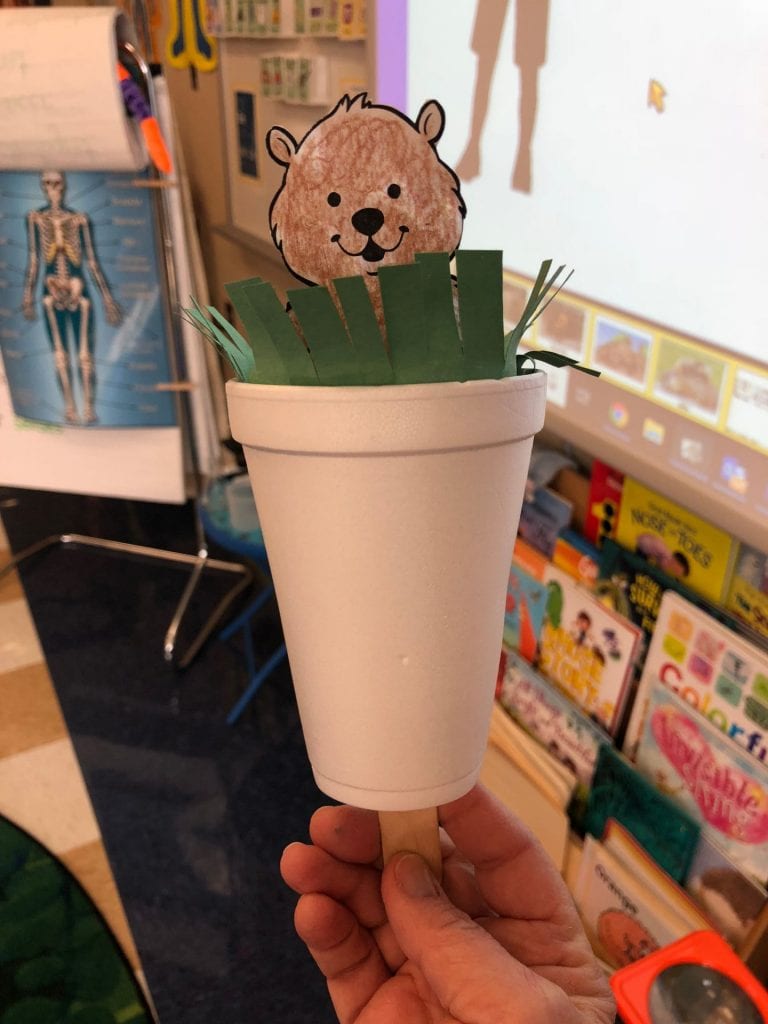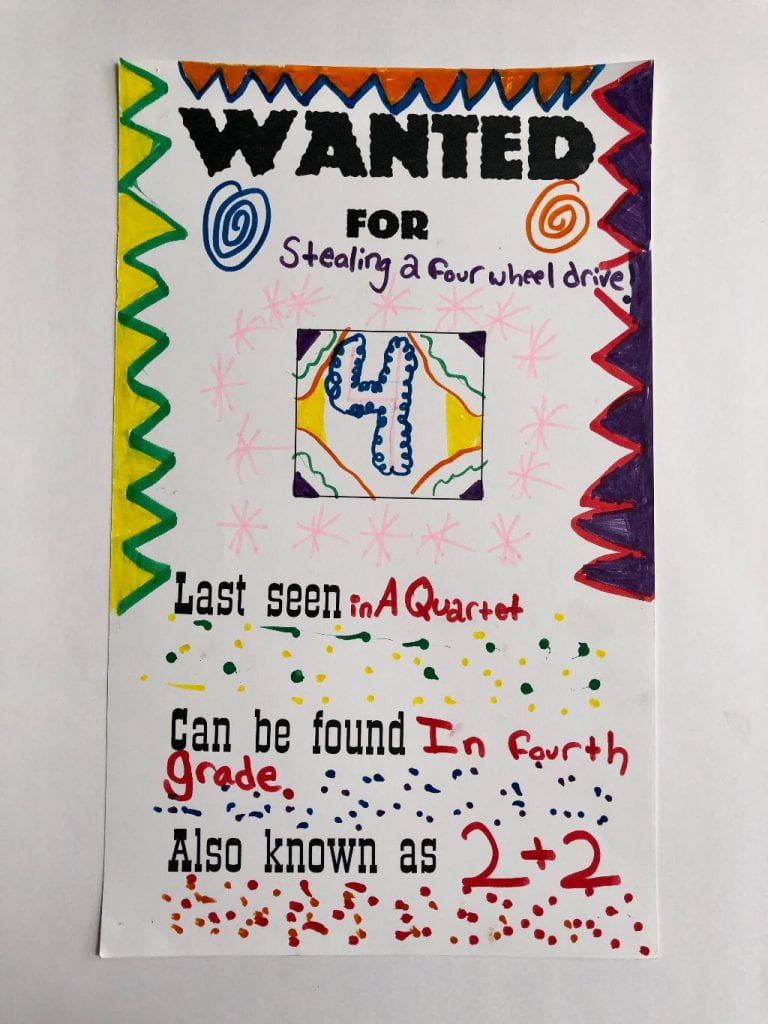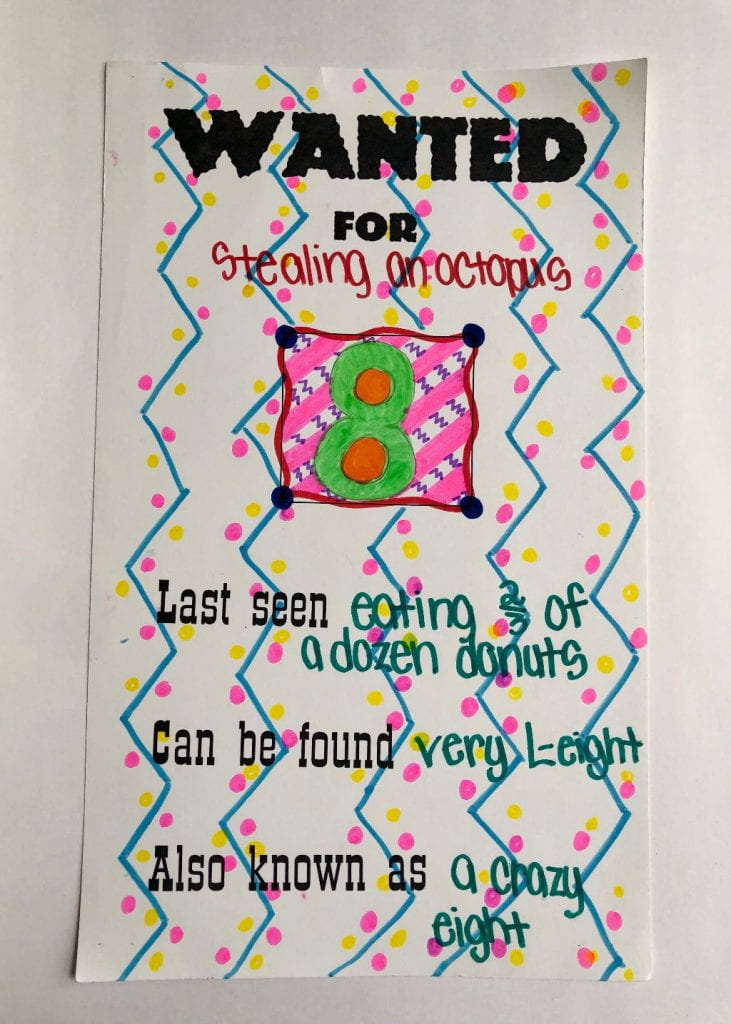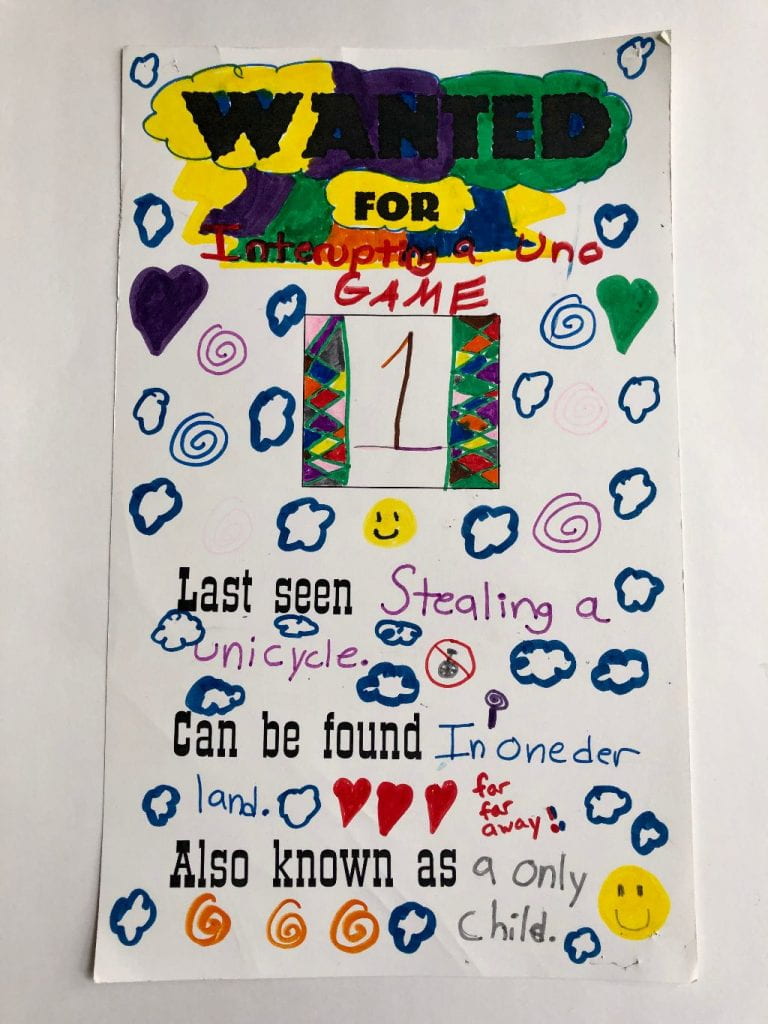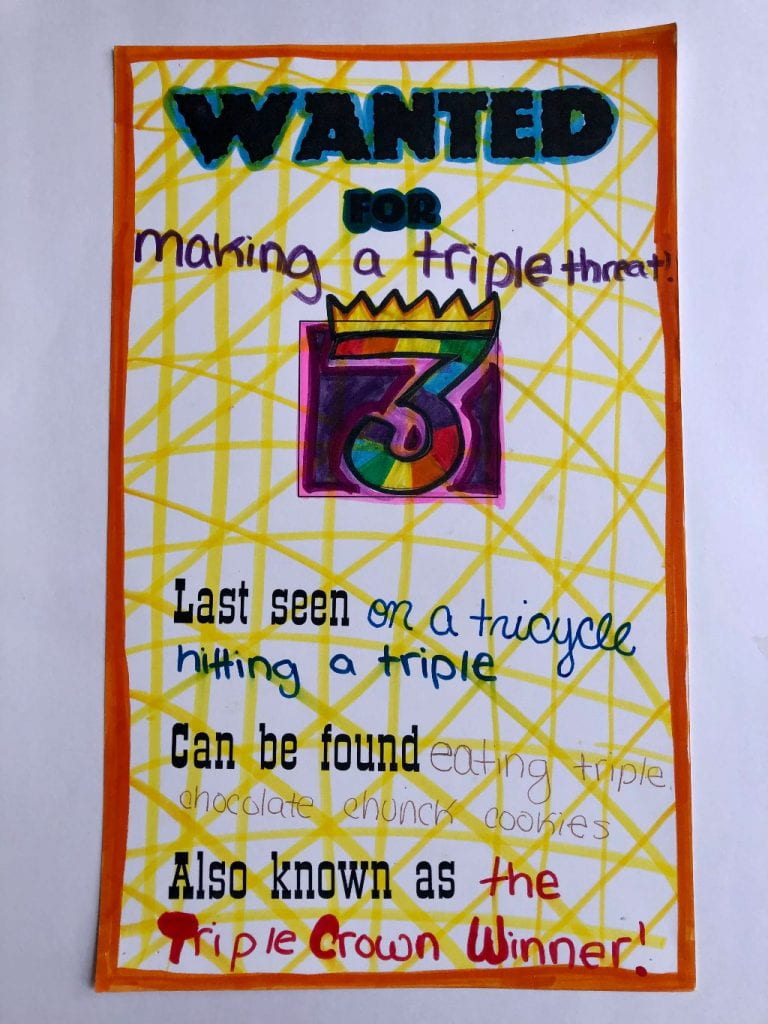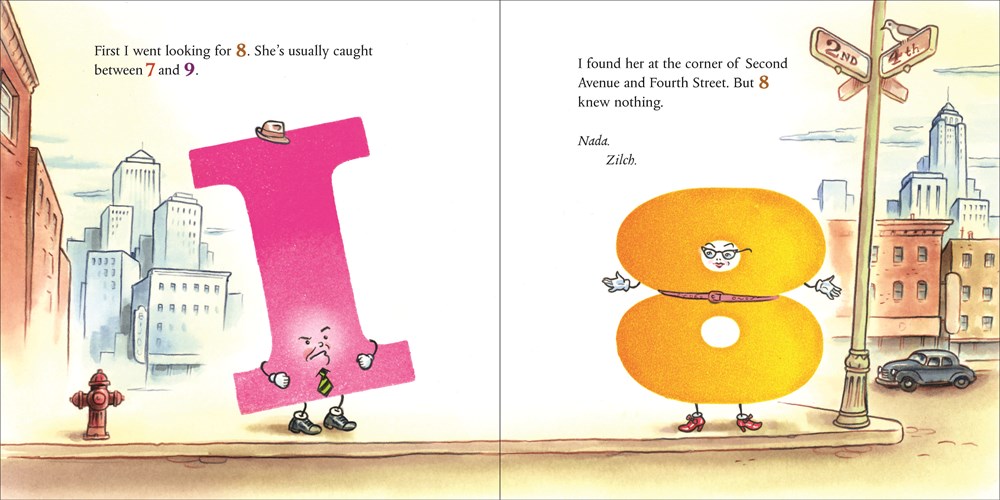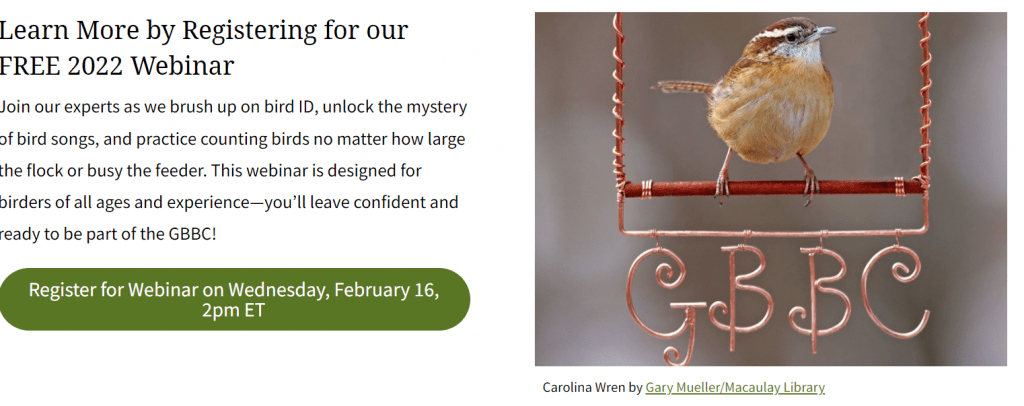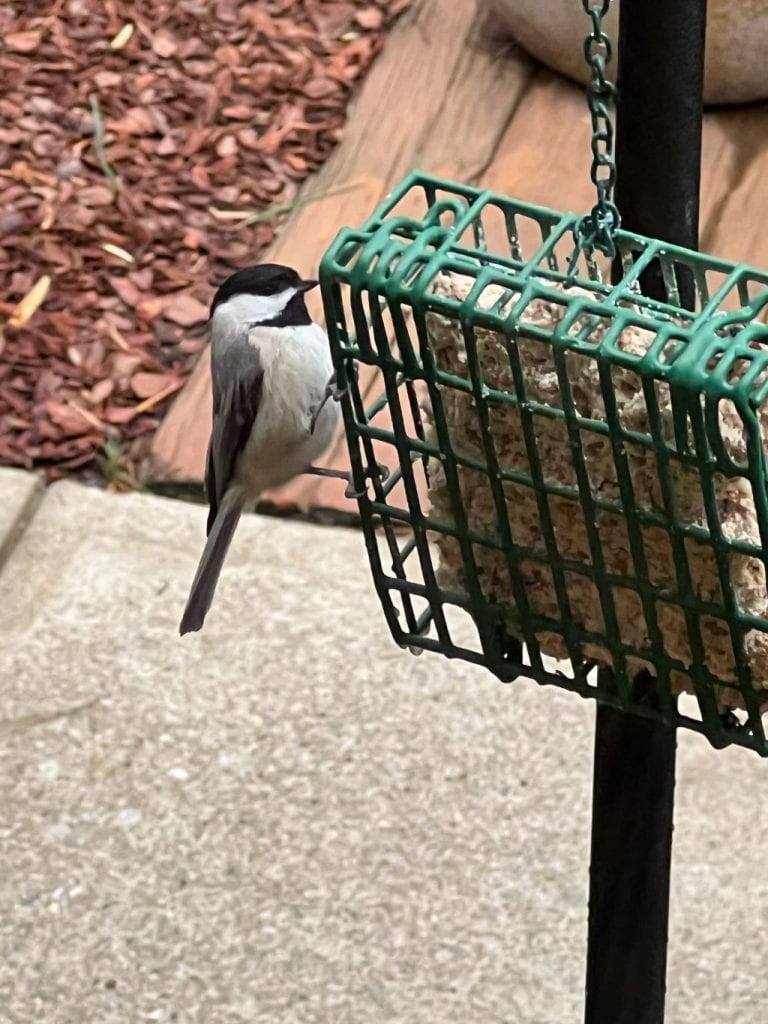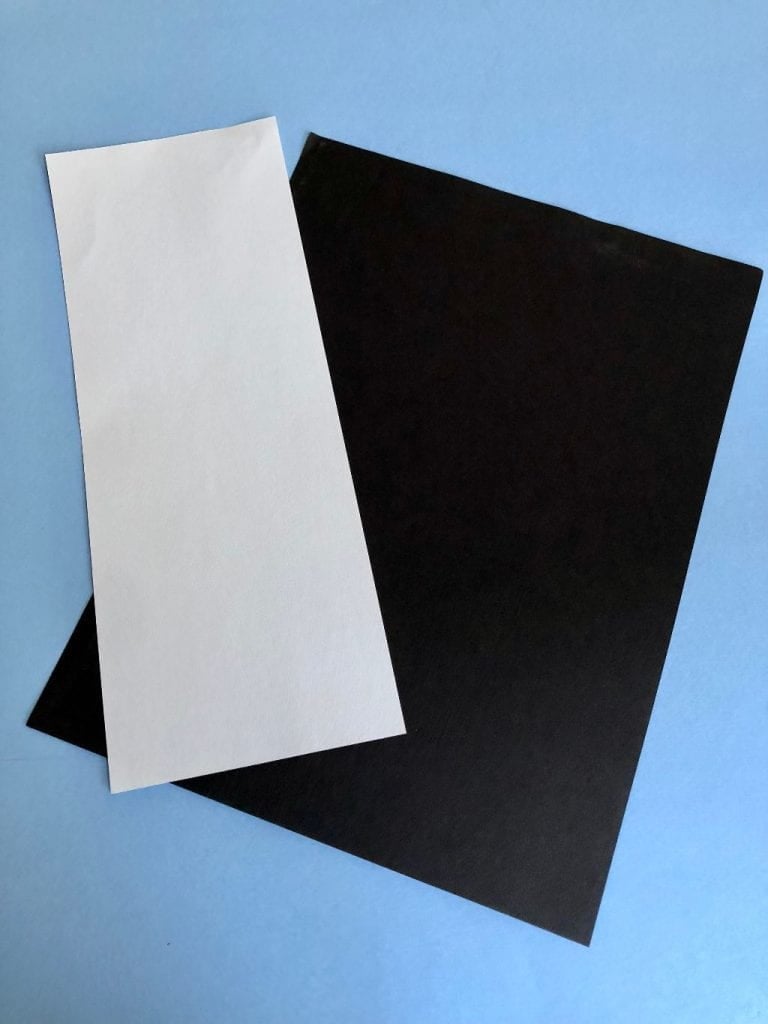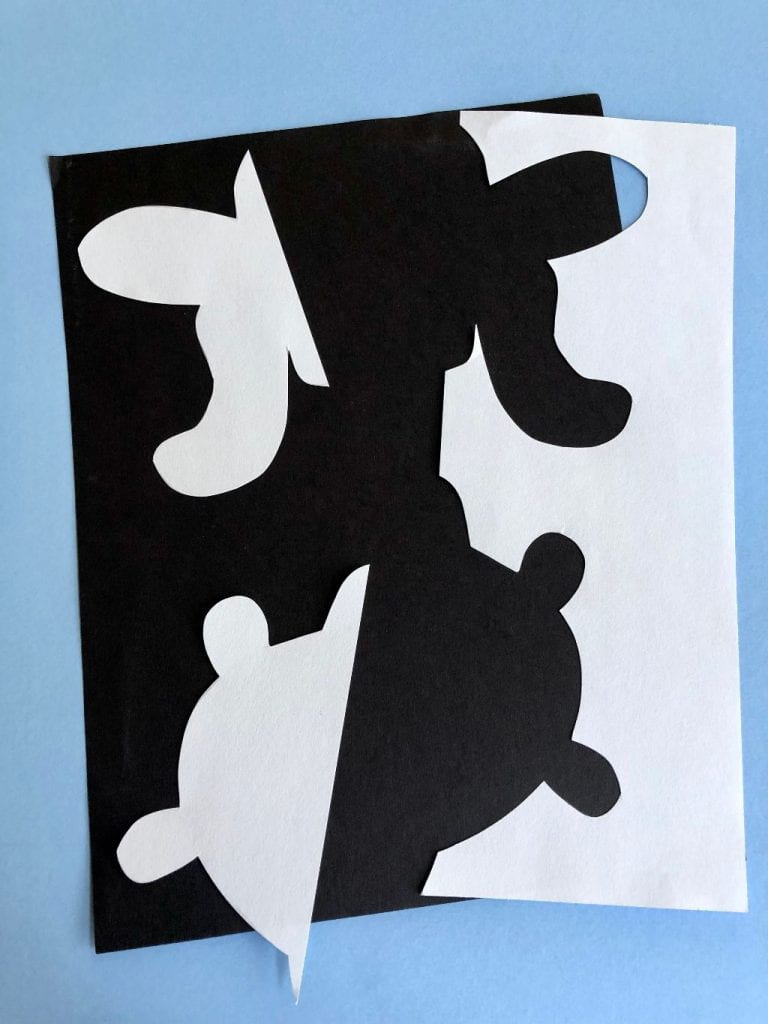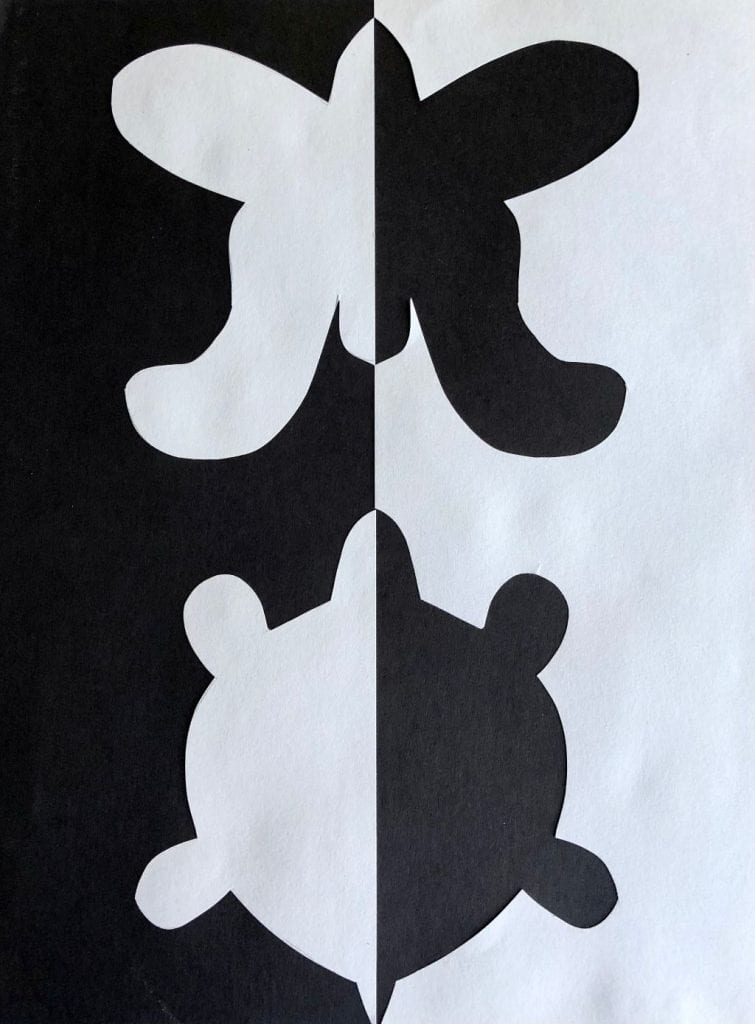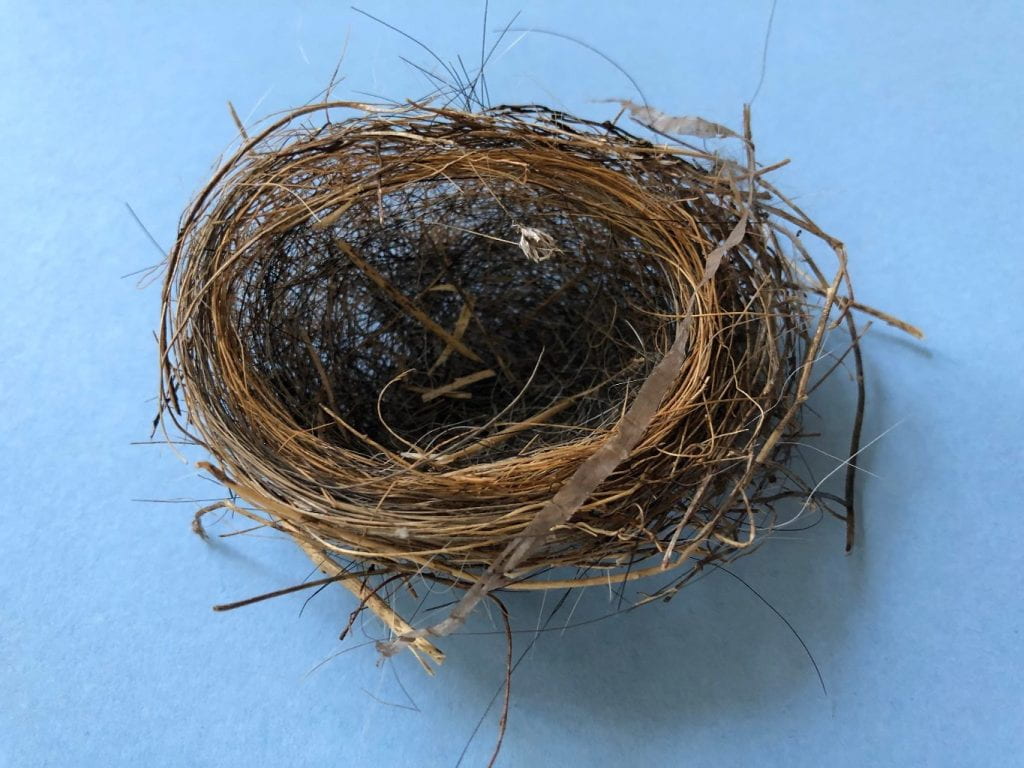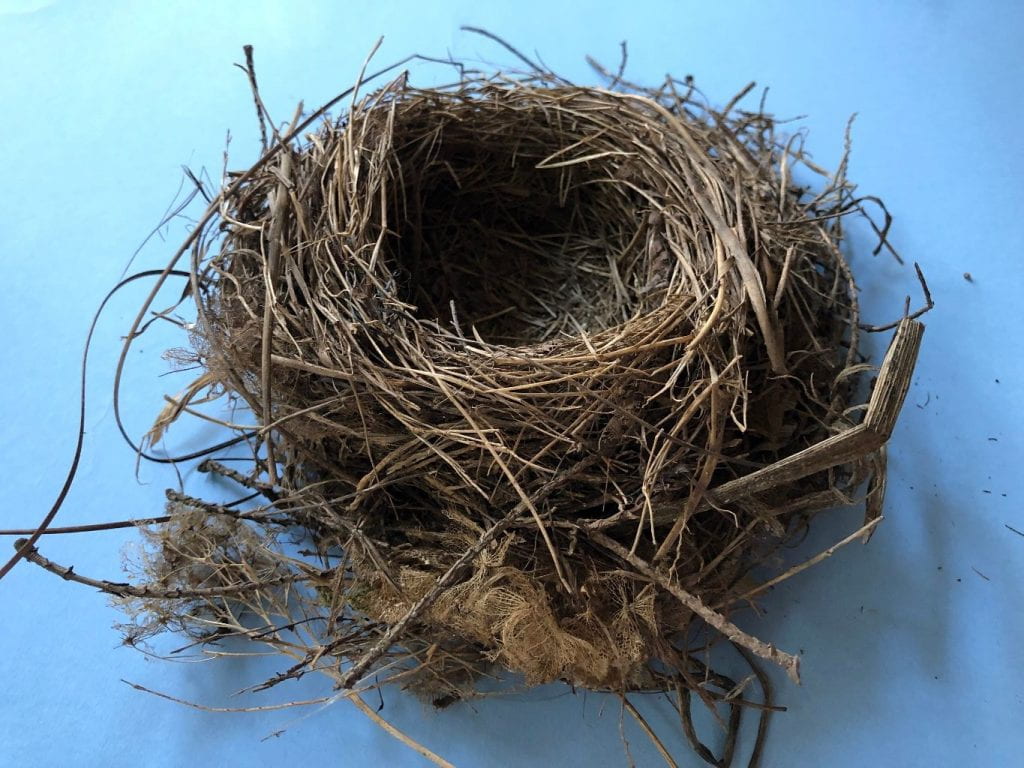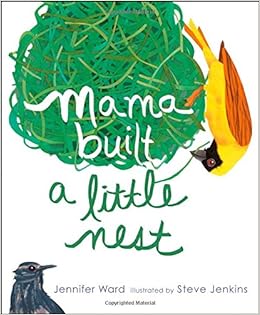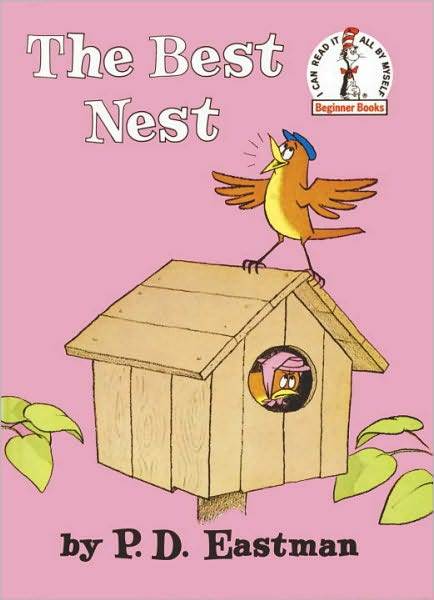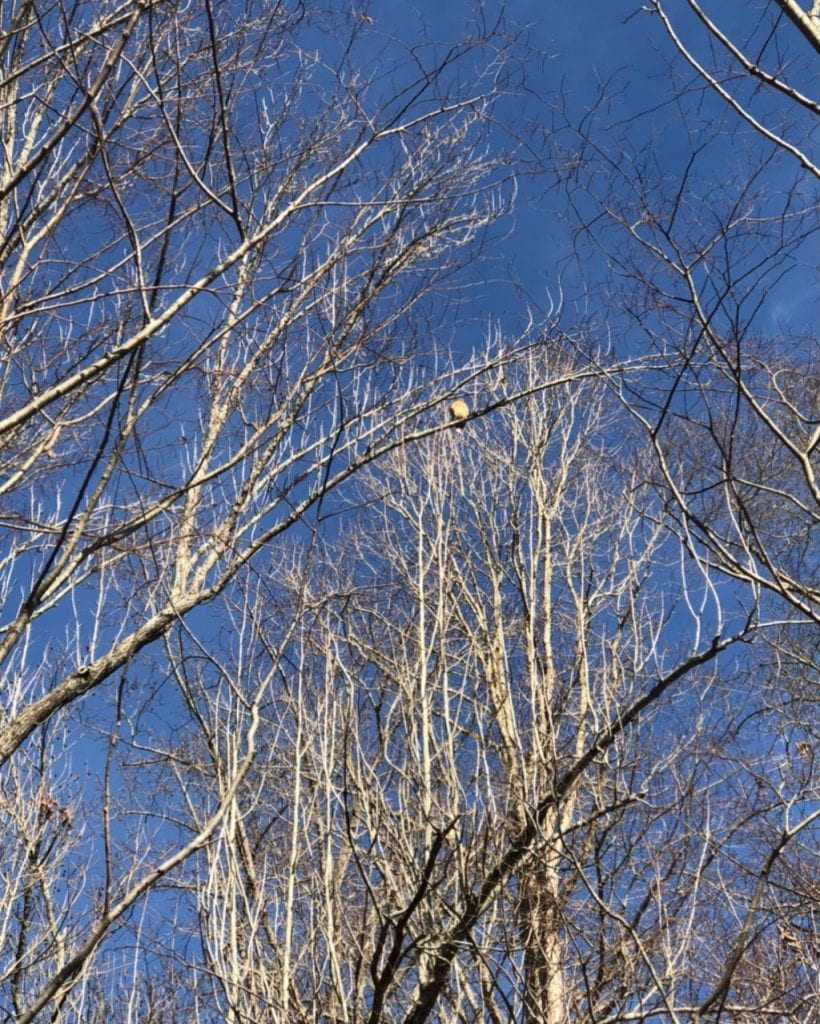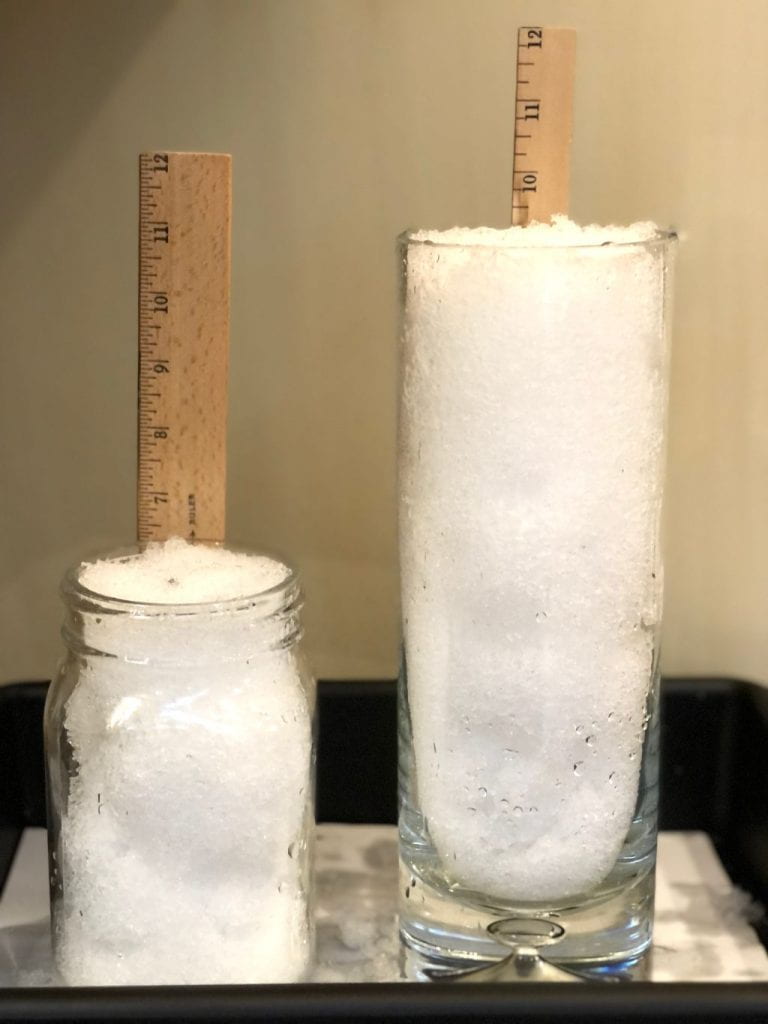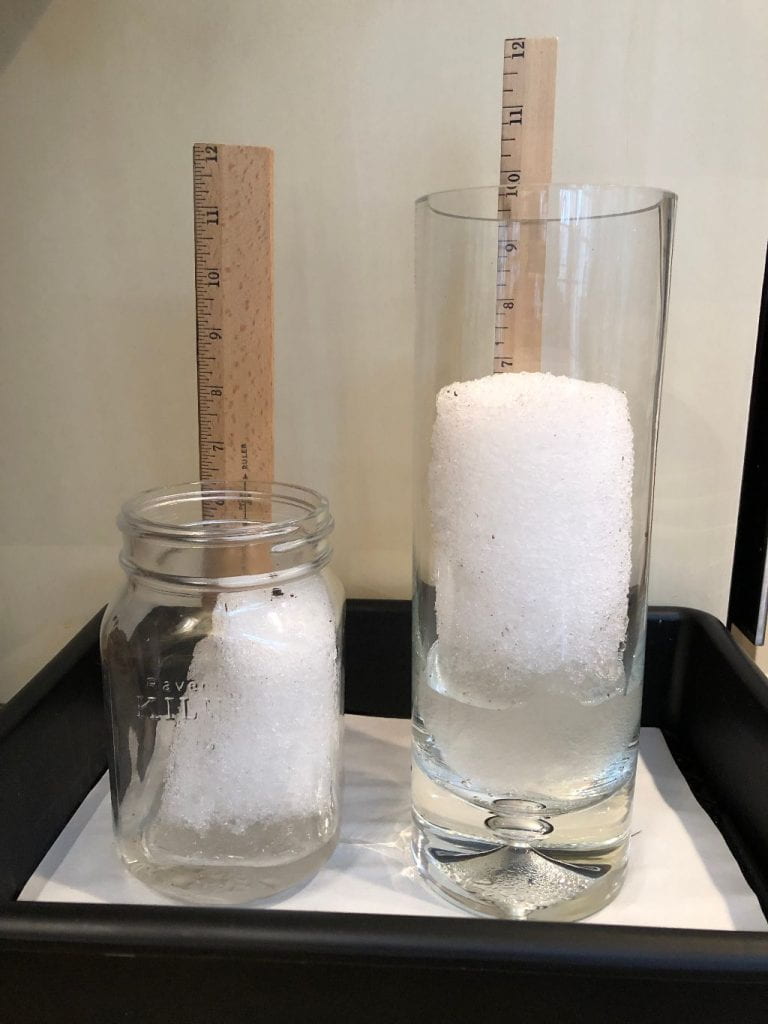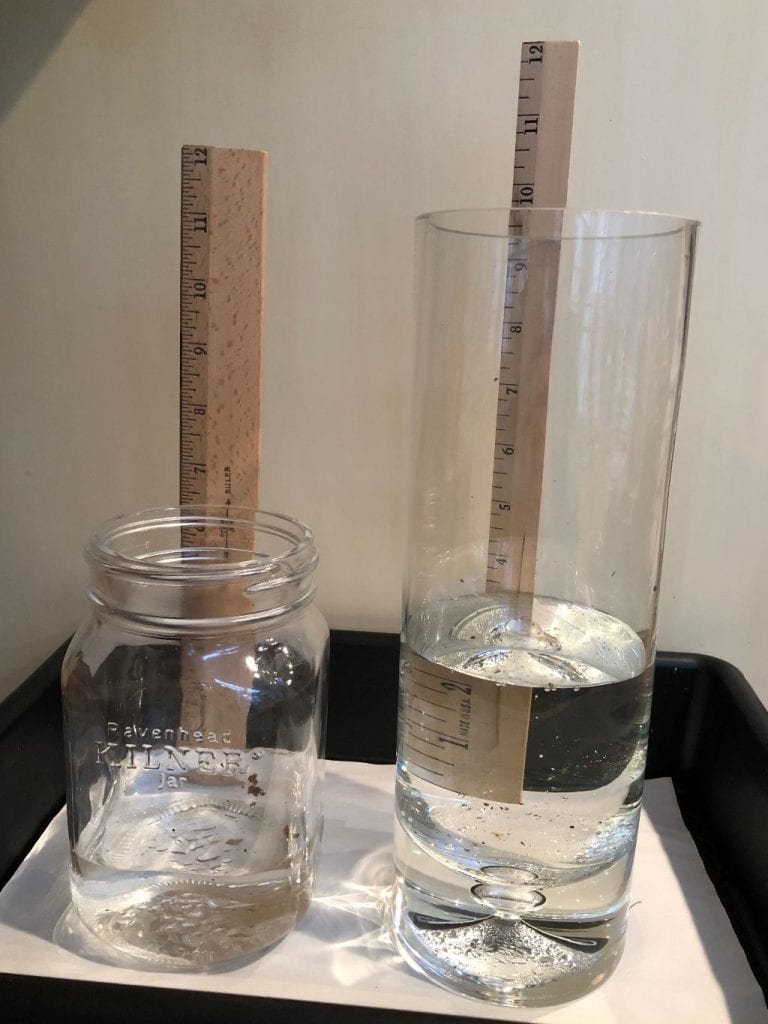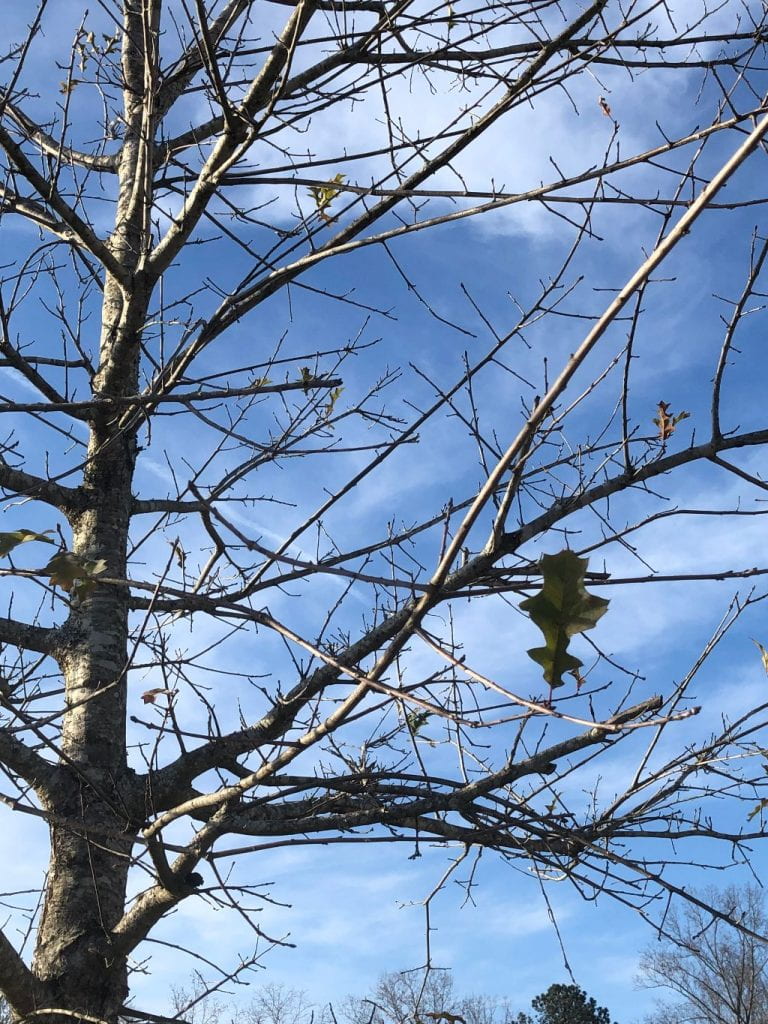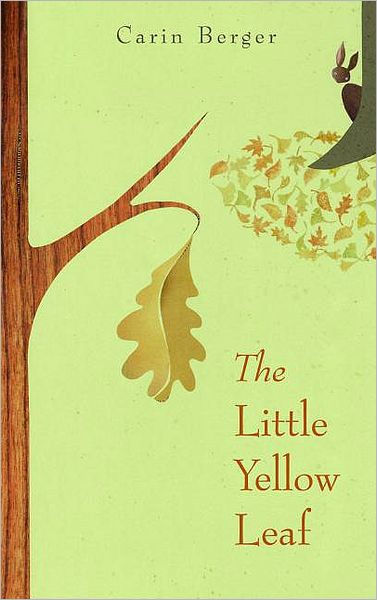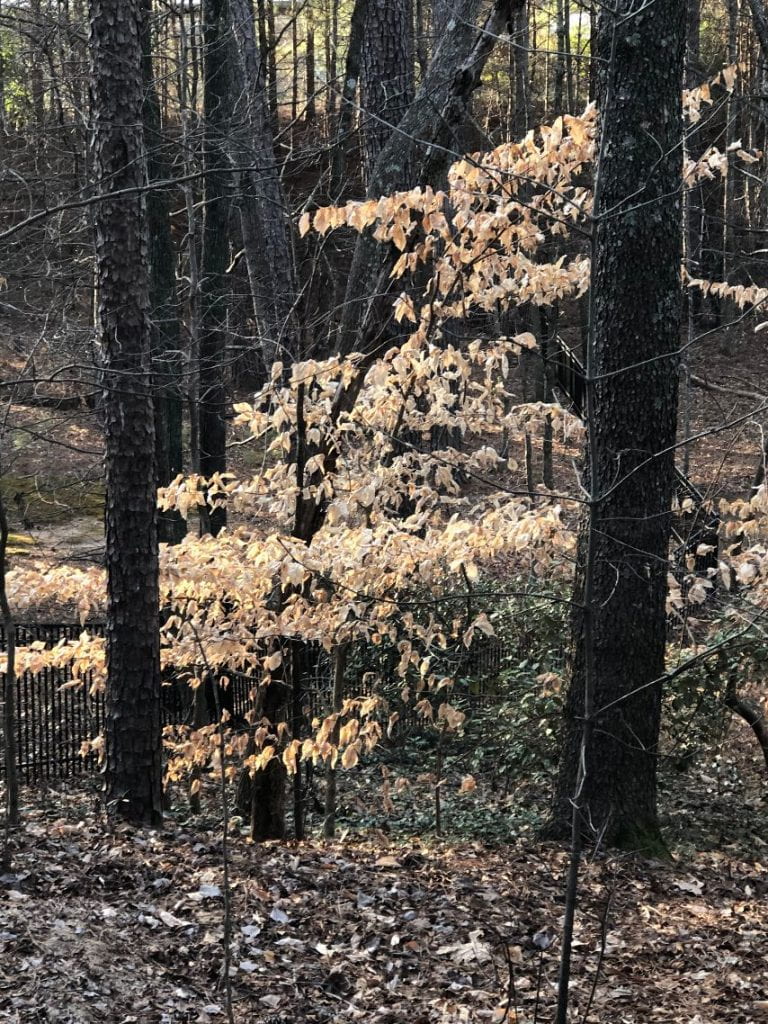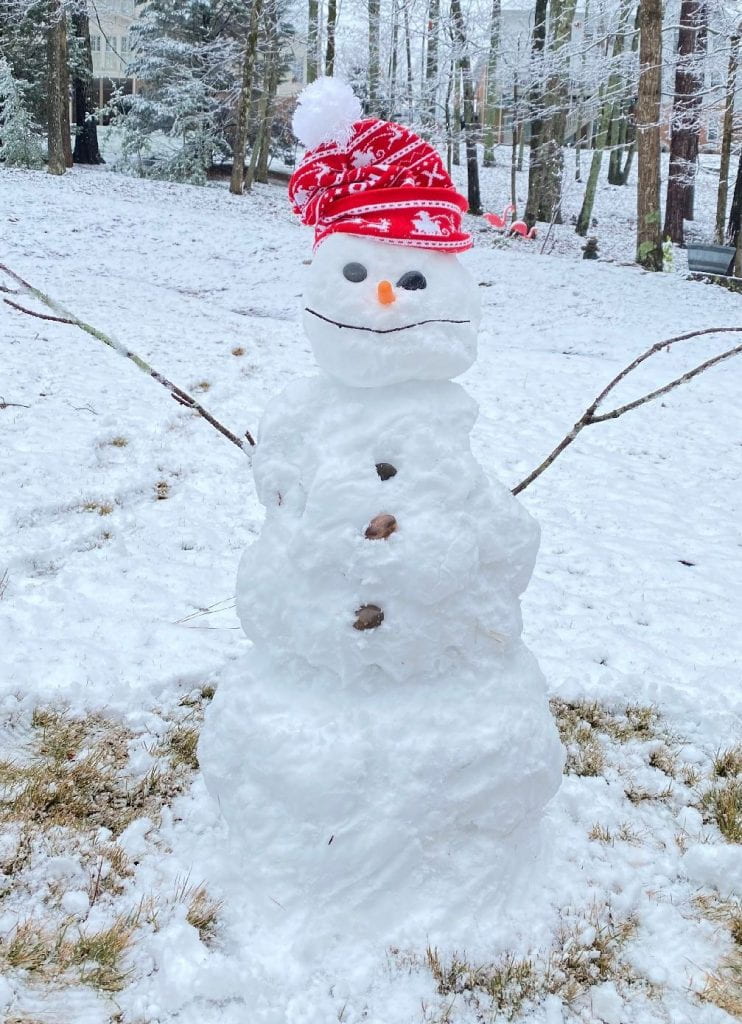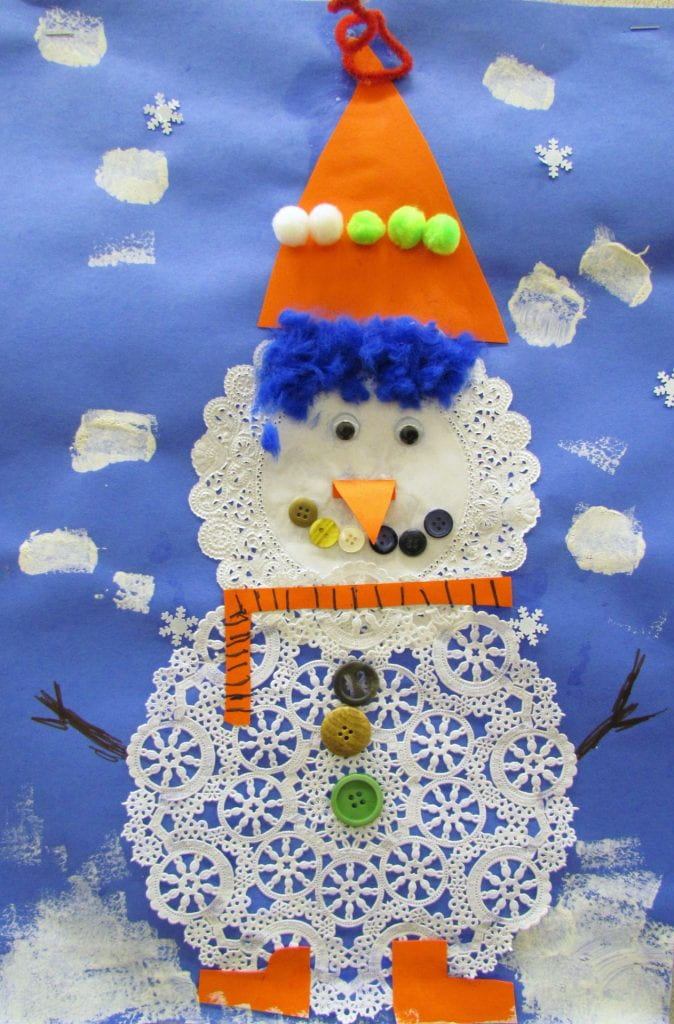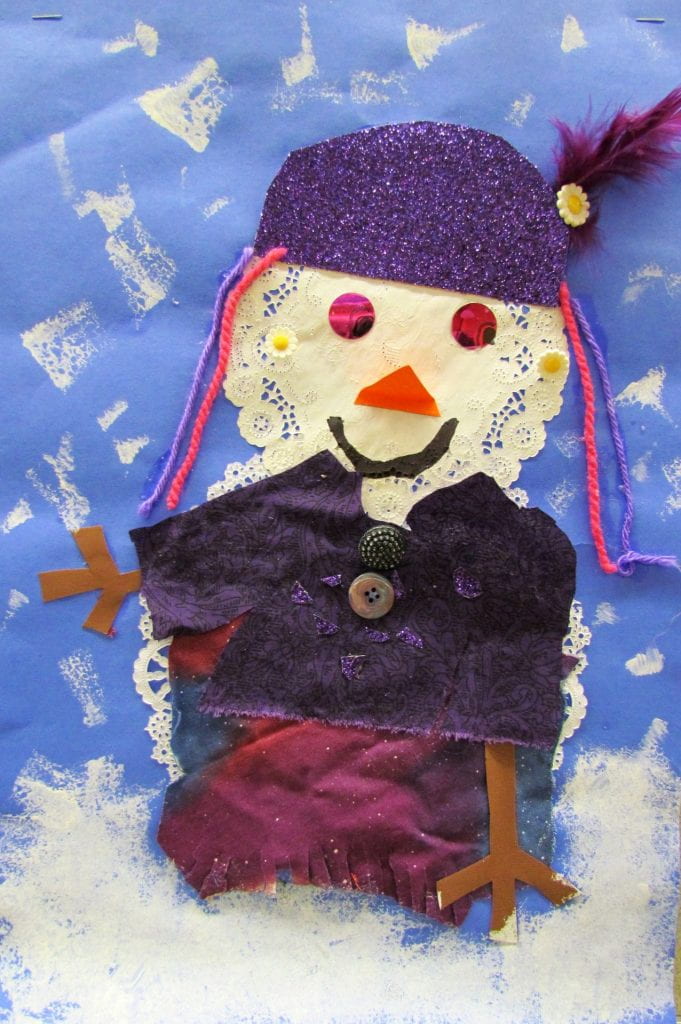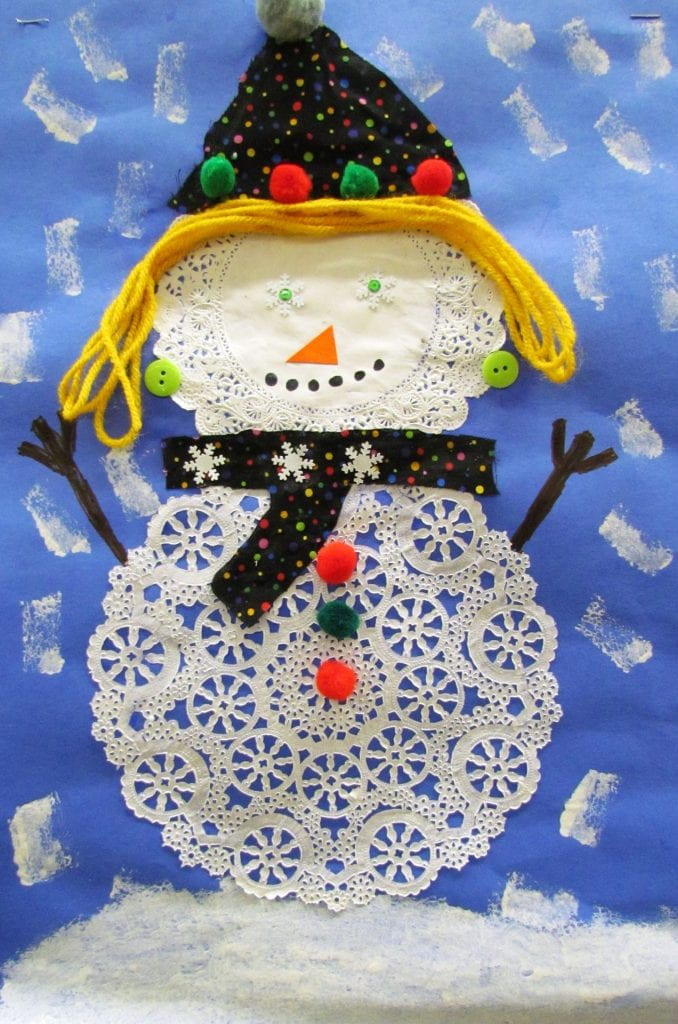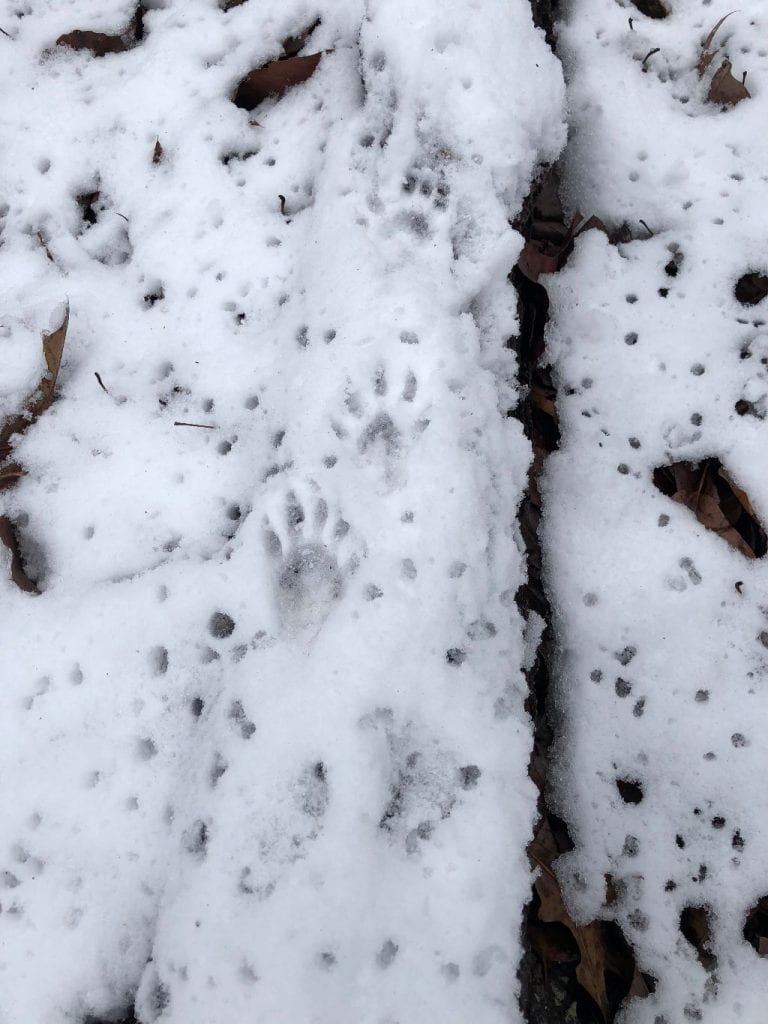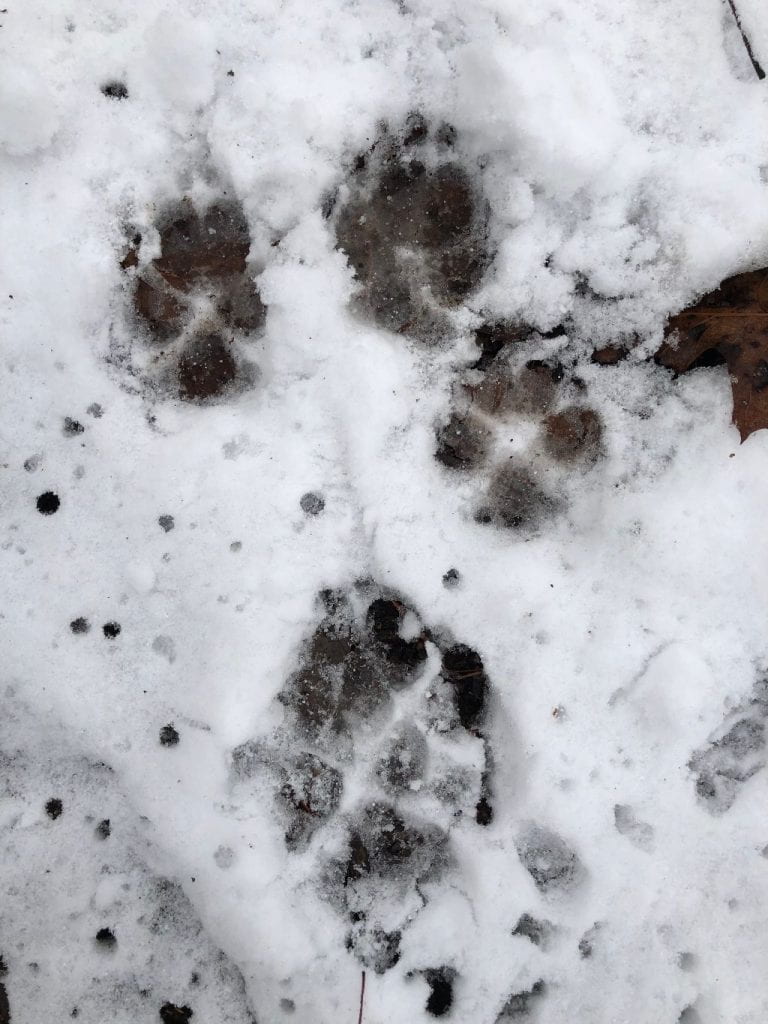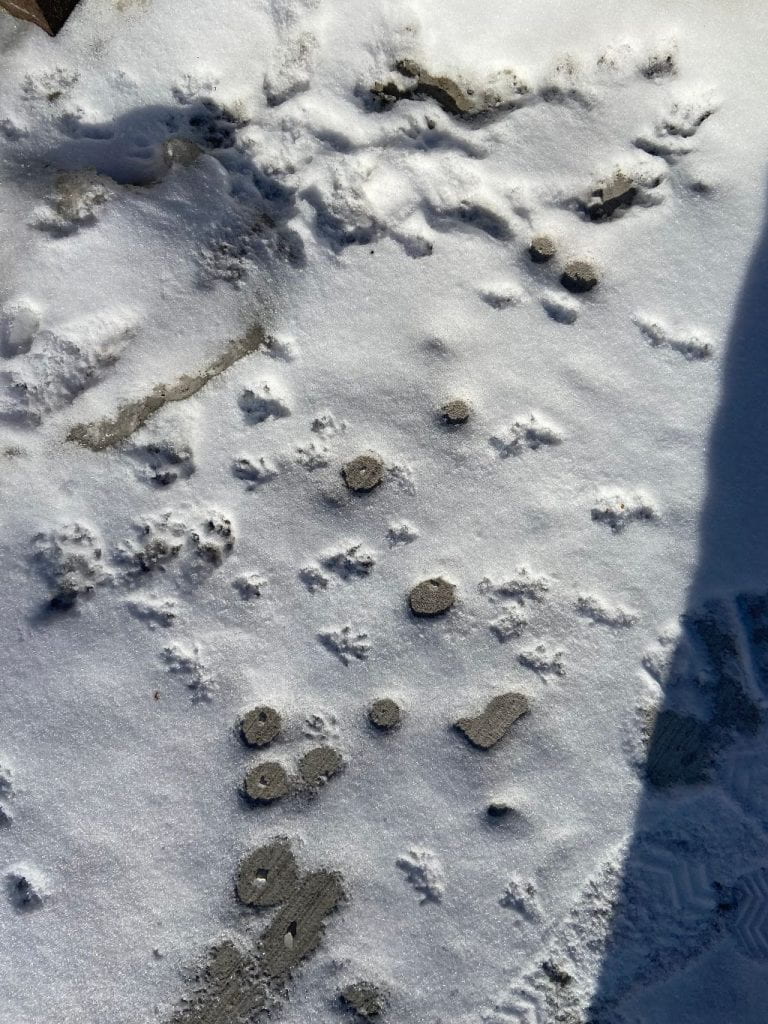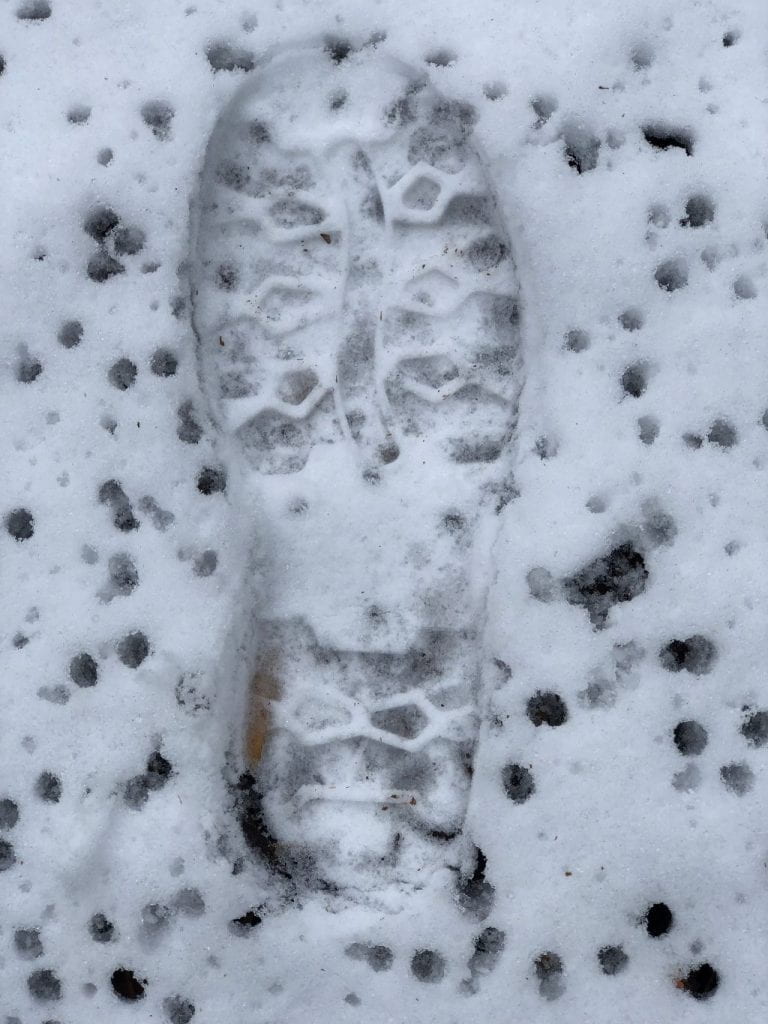Groundhog Day
It’s Almost Groundhog Day! Will the groundhog see its shadow?
To make this little puppet, attach a construction paper or fun foam groundhog to a stick and push the stick through the bottom of the cup, so that the groundhog (aka woodchuck) can move in and out of its burrow. Use a flashlight to demonstrate how the groundhog might see its shadow and respond according to the legend. A legend is a traditional story sometimes popularly regarded as historical but unauthenticated. (Merriam Webster)
Tune- I’m a Little Teapot (Poet Unknown)
Here’s a little groundhog, furry and brown,
He’s popping up to look around.
If he sees his shadow, down he’ll go,
Then six more weeks of winter- Oh, no!
When I was a teenager in Maryland, I often saw groundhogs. I’ve never seen one in the Atlanta area. Maybe digging in the red Georgia clay is just too hard!
As you listen to the videos below, listen for these vocabulary words: mammal, burrow, kit, incisors, rodent, herbivore, and hibernate.
Click here for the Safeshare link to learn about groundhogs.
Click here for another non-fiction video. For older students, click here.
Click here to hear a humorous story about a groundhog. What are the differences between fiction and non-fiction books?
Click here for the story, The Night Before Groundhog Day.
